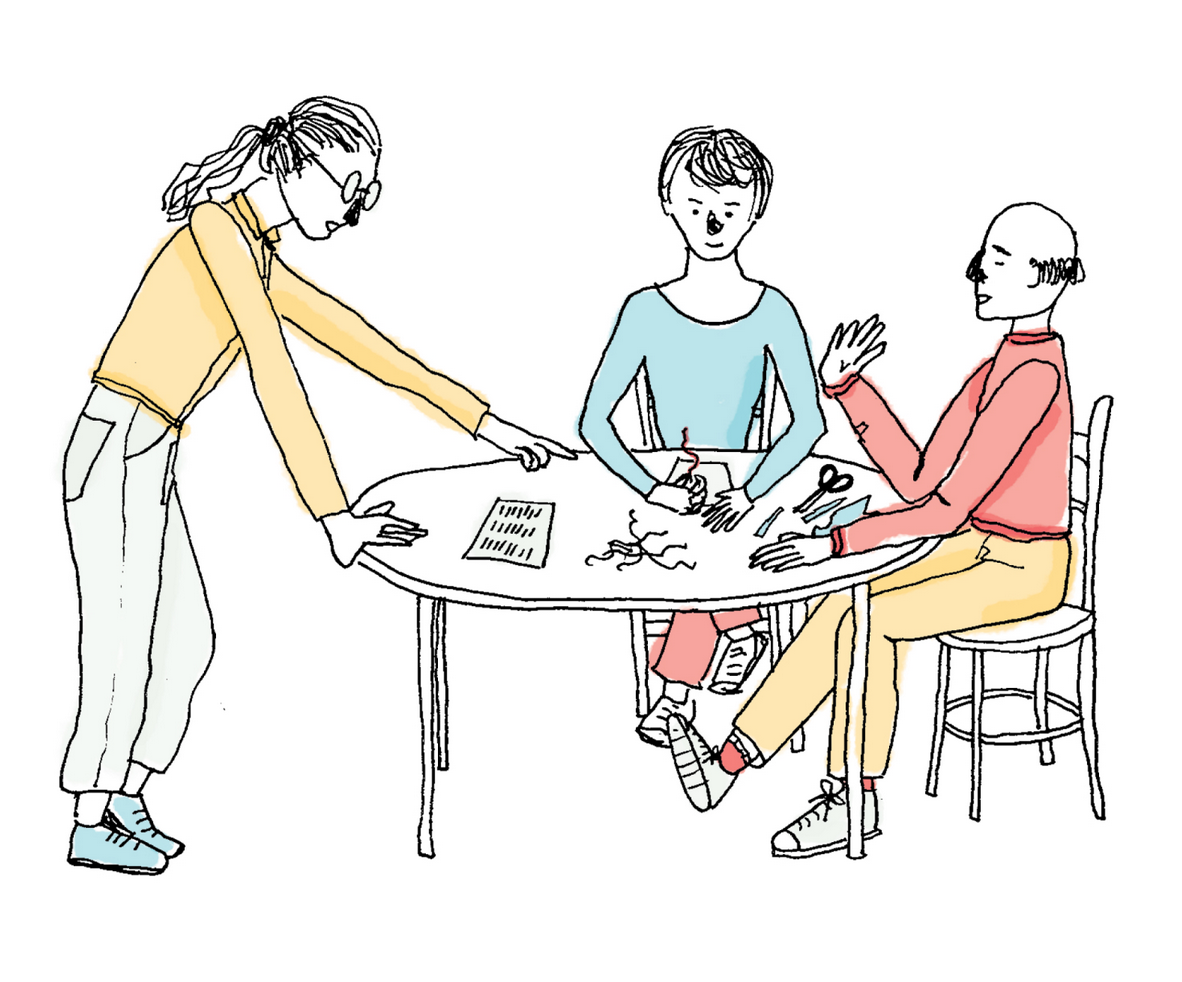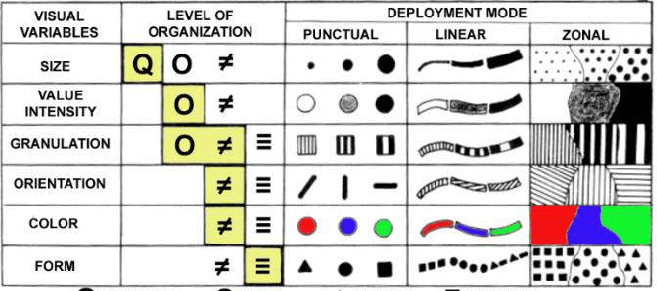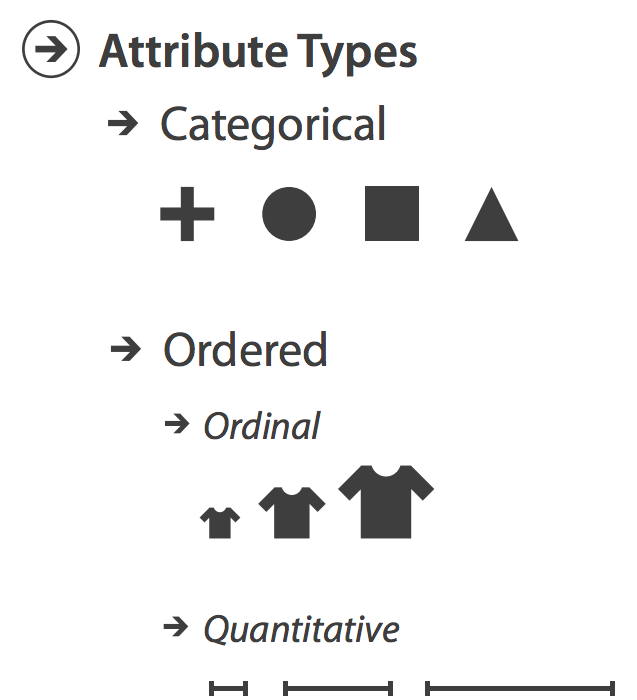Matière
A guide to democratize and promote the practice of data physicalization in workshops and team communication involving spatio-temporal data.
Duration
1 month
Year
2019
Partners
Aurélien Tabard, Romain Vuillemot, Phillipe Rivière, Célia Gremillet
Laboratory
LIRIS, Villeurbanne, France
Tags
Academic Research Graphic Design Data Physicalization Workshops Design Tools

While working at the LIRIS (Informatics Laboratory in Villeurbanne, France) for one year, I was involved in a project M2i about urban mobility, with numerous partners such as Île de France Mobilités, the ADEME (a French public institution for the ecological transition) or Citiway.
During this year, we conducted numerous workshops (see other projects), and manipulated within the team a lot of spatio-temporal data. Working with different dimensions of the data led us to use a lot data physicalization, as a way to manipulate the data quickly as we were speaking together, but also as a way to engage with participants in workshops.
We present a guide that promotes data physicalization's practice in the context of research projects including spatio-temporal data.
Offical website of the project
Blog article I wrote on the project's page (fr)
The guide
In this guide, you will find a classification of low-tech materials that can be used for data-physicalization of spatio-temporal data.Because the data contain several dimensions, several materials are often required. This is why there is also an assembly table. We also provide examples of data-physicalizations, that we call "recipes" as they can be adapted to other sets of data.

Assembly Table from the guide.
You can download the guide here.
The constraints
- Low-tech and inexpensive materials
- Enabling rapid prototyping "on the fly"
- Guiding the choice of the materials and how they could be better used
Scenarios of use

1.
The preparation of a participatory workshop based on the physicalization of spatio-temporal data. A tool to anticipate material needs and potentially structure the workshop could save time in some cases.

2.
A rapid prototyping situation, producing a tangible draft of a digital data physicalization for example, or a rapid formalization tool for expert discussions around mobility for example.
Research process
Theoretical Background
The materials are chosen according to the materials present in the studied physicalizations, and adapted to more affordable and common materials. The categorization of spatio-temporal data is notably defined by the work of Jacques Bertin, with contributions from Visualization Analysis and Design by Tamara Munzer.

Bertin's visual variables (left) and Munzer's attributes (right).

The properties are notably based on the paper by Simon Stusak, Andreas Butz, and Aurélien Tabard, Variables for Data Physicalization Units.

Table from "Variables for Data Physicalization Units".
Classification of materials
The different entries allowed the analysis of case studies to be structured and subsequently classified. Most of the case studies come from http://dataphys.org/list/ . Some others are from workshops conducted as part of the M2i project.

Screenshot of one of the tables I created for the materials' classification.
As the case studies are for the most part expert and advanced representations, we often had to adapt them to make them easier to implement. In addition, many specific examples of data assemblies are missing. For these reasons, we will set up physicalization workshops in order to produce new study cases, and validate or invalidate the first versions of the tables.
Workshops with participants
During these workshops, I gave the participants a dataset of spatio-temporal data, and asked them to create physicalizations with the materials I had selected for the guide.

Find more information about our guide here.

